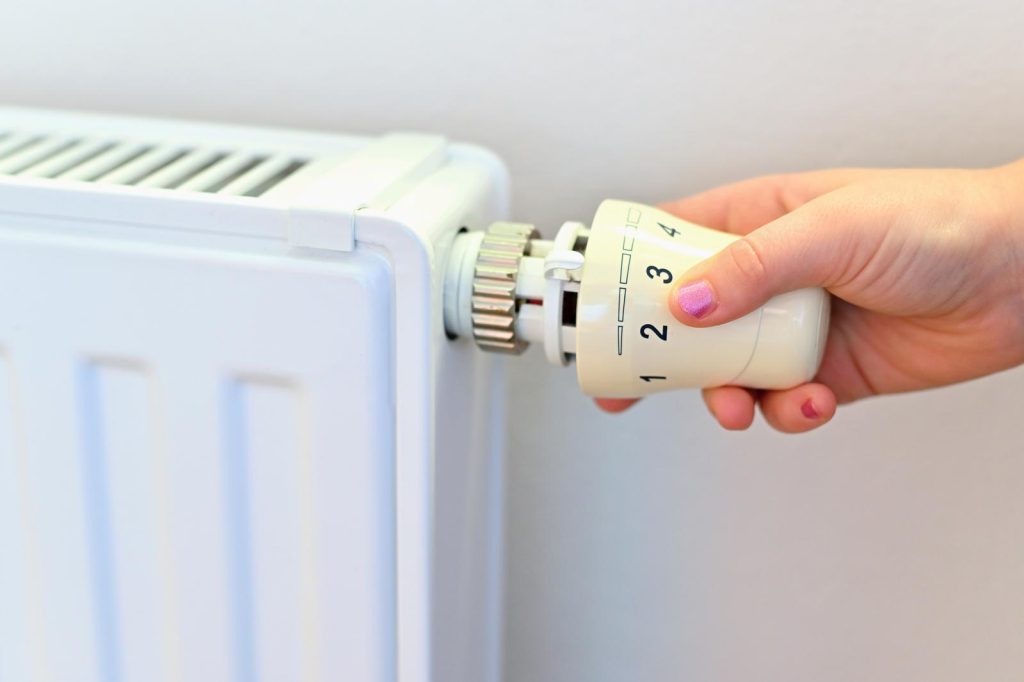
Balancing radiators in your home ensures even heat distribution throughout your property, improving energy efficiency and comfort. Thermostatic Radiator Valves (TRVs) are an additional tool that can help you fine-tune the heat levels in individual rooms. This process is something that is relatively easy to undertake and something which a home owner and tenant can do quickly and easily. This guide will explain how to balance radiators step-by-step and incorporate TRVs to maximize efficiency.
What You’ll Need
- Radiator key: To bleed radiators if needed.
- Adjustable spanner or wrench: To adjust the lockshield valve.
- Notebook and pen: To record adjustments.
- Your hand or a cloth: For estimating temperature by feel.
- TRVs: Installed on radiators to regulate room temperature.
Step 1: Understand the Basics
Radiators have two valves:
- Thermostatic Radiator Valve (TRV): Controls the amount of hot water flowing into the radiator to maintain the desired room temperature.
- Lockshield valve: Controls the flow of water out of the radiator and helps balance the system.
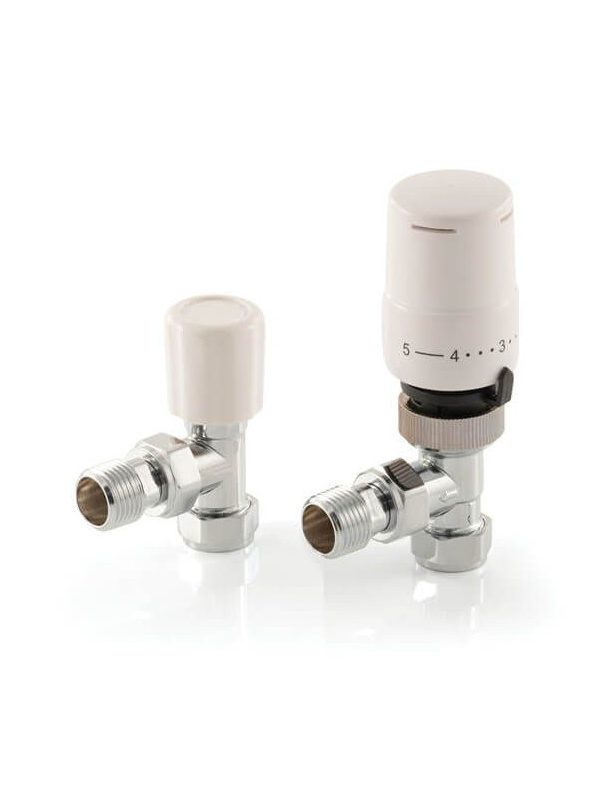
Balancing involves adjusting the lockshield valve (on the left in the picture above) to ensure even heat distribution across all radiators. TRVs (on the right in the picture above) are then used to fine-tune room temperatures.
Step 2: Turn Off the Heating System
- Turn off your heating and let all radiators cool completely. This ensures accurate adjustments and prevents scalding.
Step 3: Bleed the Radiators

- Use a radiator key or screwdriver to remove any trapped air. Bleeding ensures radiators heat evenly, which is essential for balancing. When the radiators are cold, [Do not do this when the radiators are hot] Carefully open the bleed valve. If air is trapped you will hear the air hissing as it comes out of the radiator. Once all air has been removed water will start to flow out of the bleed valve. Turn off when water starts to flow out. Its always useful to have a towel or cloth available to catch this water.
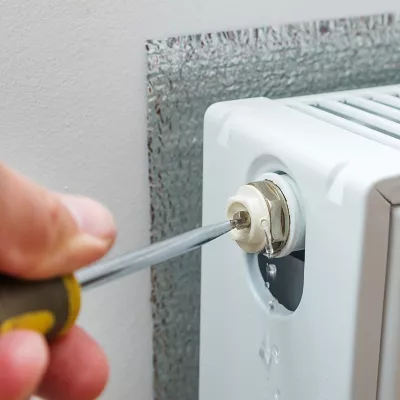
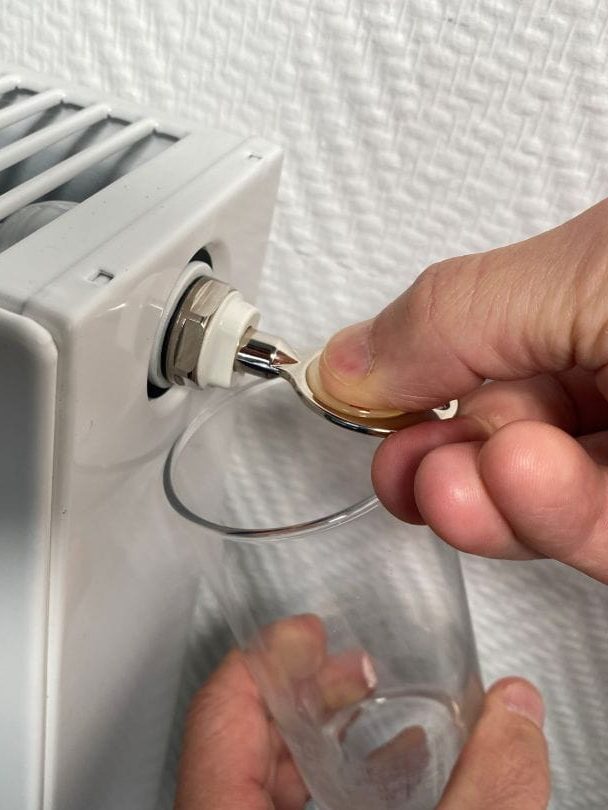
Step 4: Set the TRVs to Maximum
- Turn the TRVs on all radiators to their highest setting (usually a 5, or the highest number).
- This allows the maximum flow of hot water during the balancing process.
Step 5: Identify the Radiator Sequence
- Turn the heating back on.
- Observe which radiator heats up first (closest to the boiler) and which heats up last (farthest from the boiler).
- Record the sequence, as you’ll start balancing with the radiator closest to the boiler.
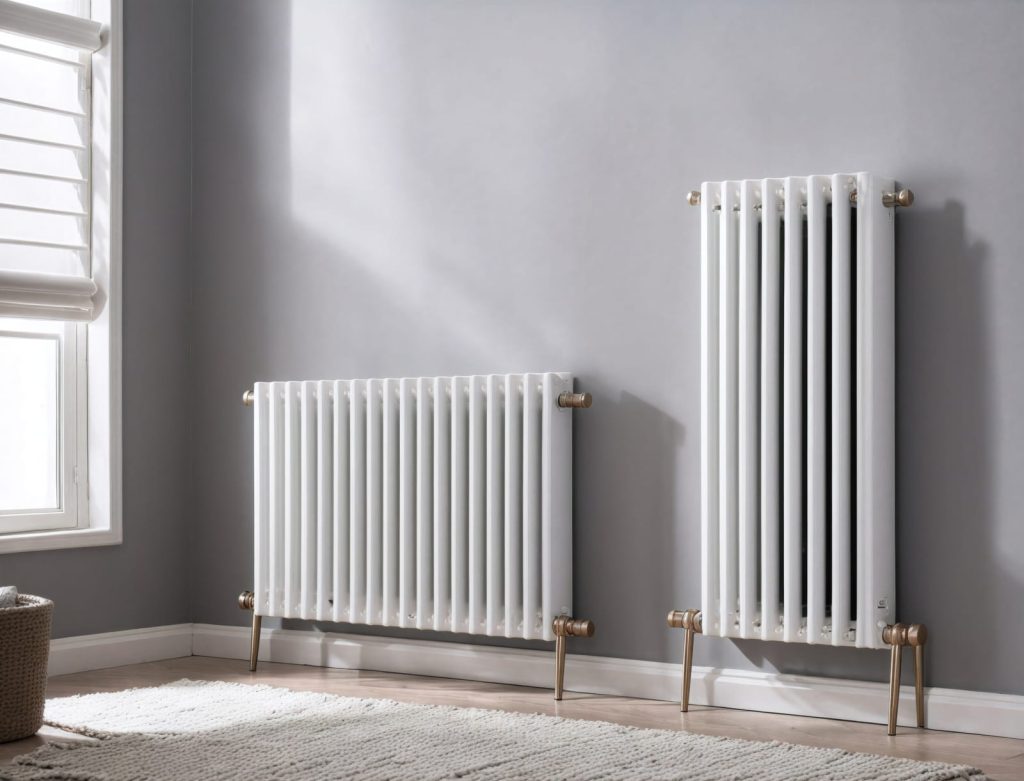
Step 6: Adjust the Lockshield Valves
- Turn off the heating again and allow radiators to cool.
- Fully open all lockshield valves by turning them counterclockwise with a spanner or wrench.
- Turn the heating back on and let the radiators begin to heat.
- Begin with the first radiator in the sequence:
- Partially close the lockshield valve by turning it clockwise slightly.
- Use your hand or a cloth to feel the temperature difference between the two radiator pipes. The outgoing pipe should feel slightly cooler than the incoming one.
- Adjust the valve incrementally until the temperature feels consistent.
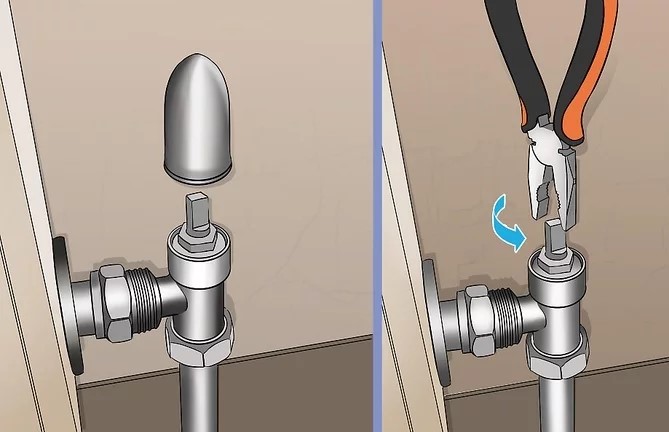
Tips:
- Be gentle when using tools to avoid damaging the valve. If the lockshield is stiff or difficult to turn, applying a small amount of WD-40 or similar lubricant can help. Ensure to wipe off any excess.
- Avoid forcing the valve, as it can break or cause leaks. This can be a costly repair, and if you are a tenant, it is likely that the repair will be charged for by your landlord.
Step 7: Move to the Next Radiator
- Repeat the lockshield adjustment process for each radiator, moving farther from the boiler. Radiators farther away will usually require their lockshield valves to remain more open.
Step 8: Fine-Tune Using TRVs
- Once all radiators are balanced, adjust the TRVs to the desired setting in each room.
- For living areas, set the TRVs to higher levels for warmth.
- In bedrooms or less-used rooms, set the TRVs to lower levels to save energy.
- TRVs will maintain the target room temperature by automatically restricting the flow of hot water when the room is warm enough.
Step 9: Monitor and Optimize
- Monitor your heating system over the next few days.
- If some rooms are still too hot or cold, make small adjustments to the lockshield valves or the TRVs.
Additional Tips
- Regular Check-ups: Rebalance your radiators and adjust TRVs seasonally or before winter.
- Energy Savings: Lower TRV settings in unused rooms to reduce heating costs.



